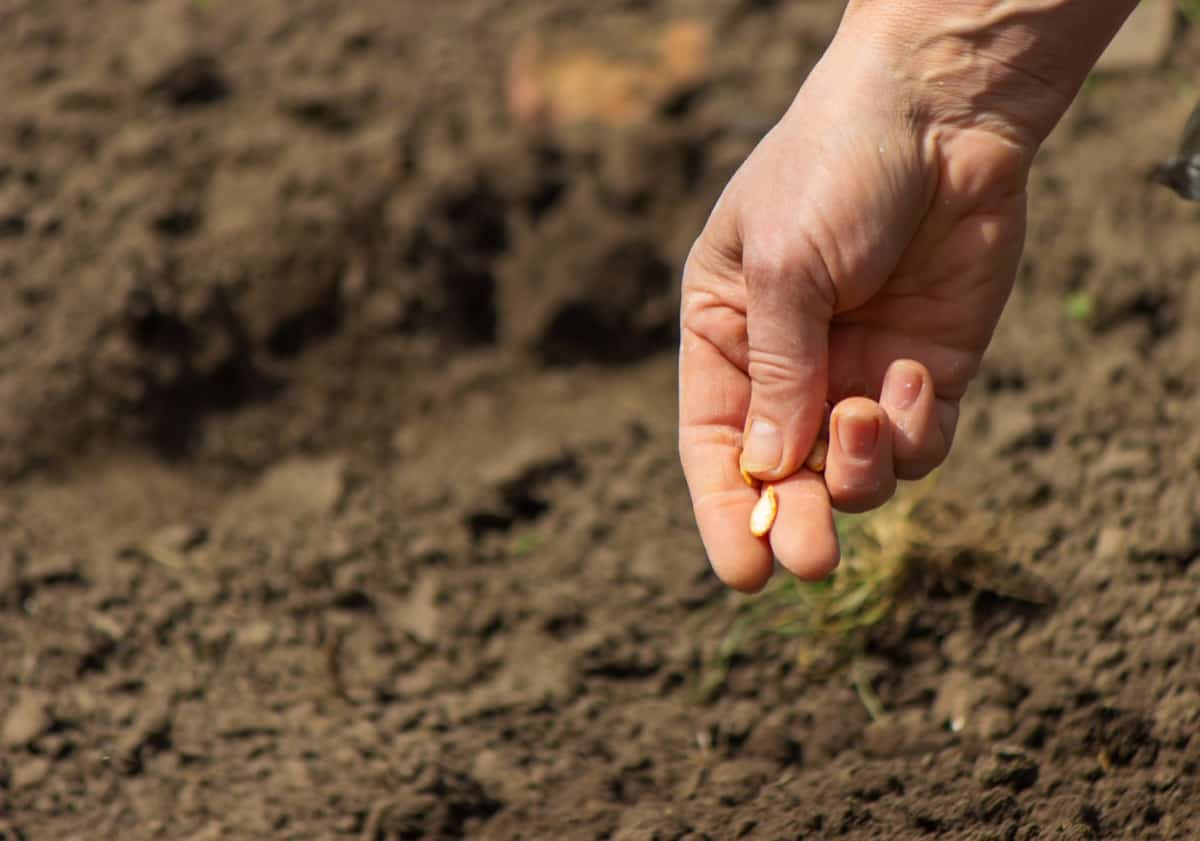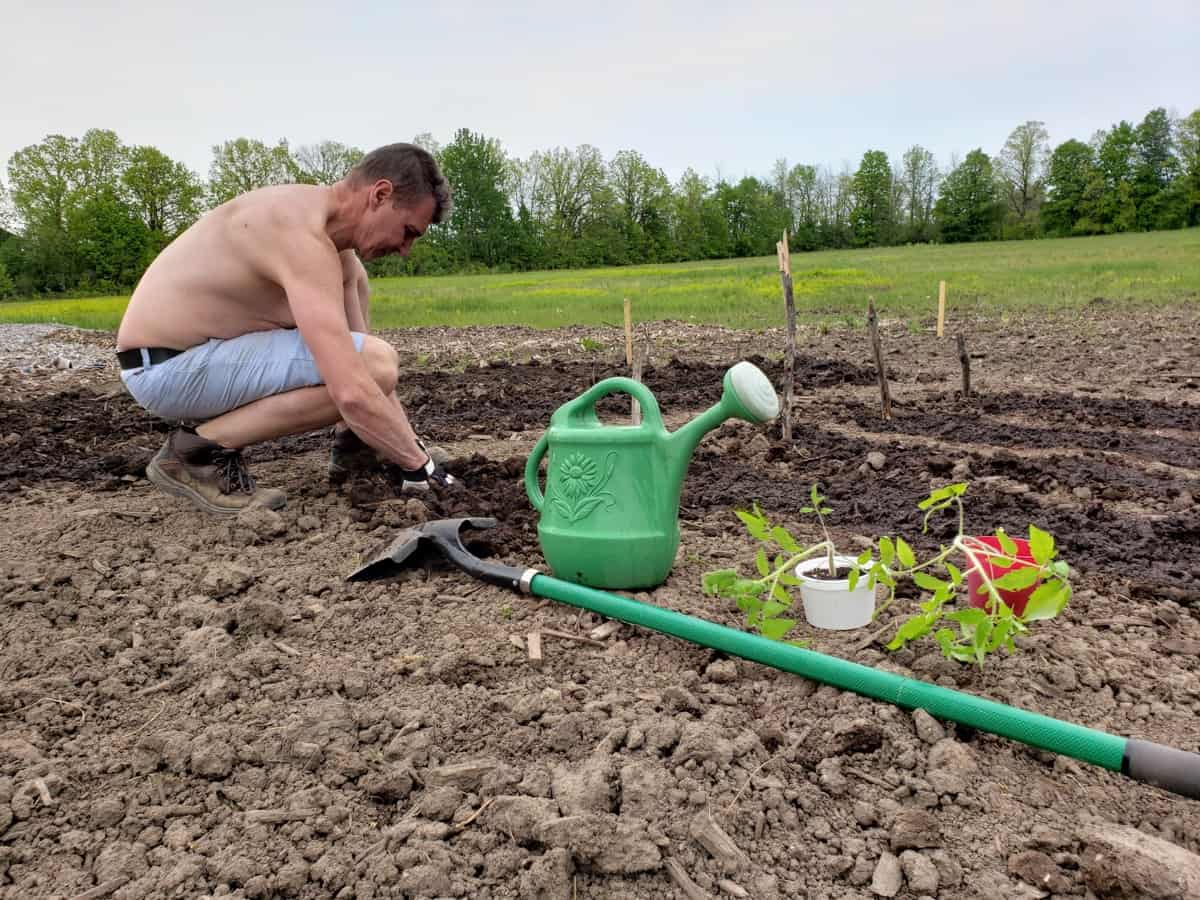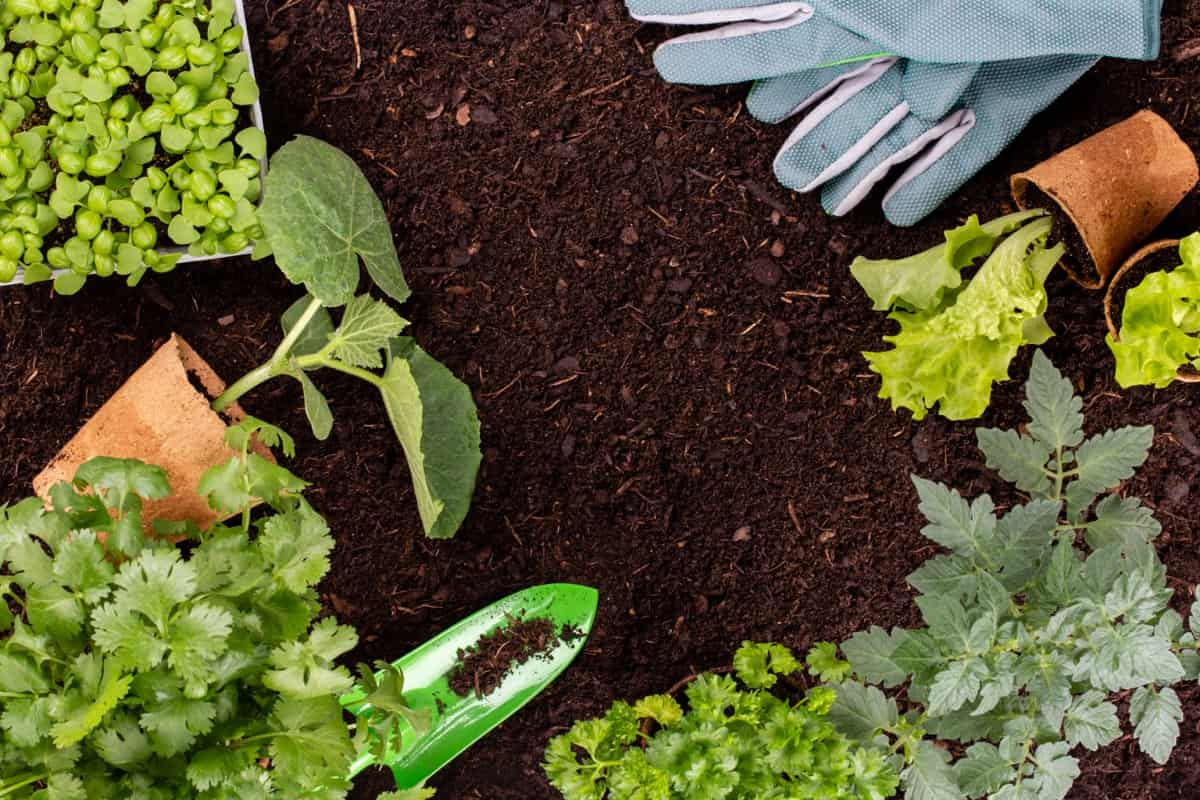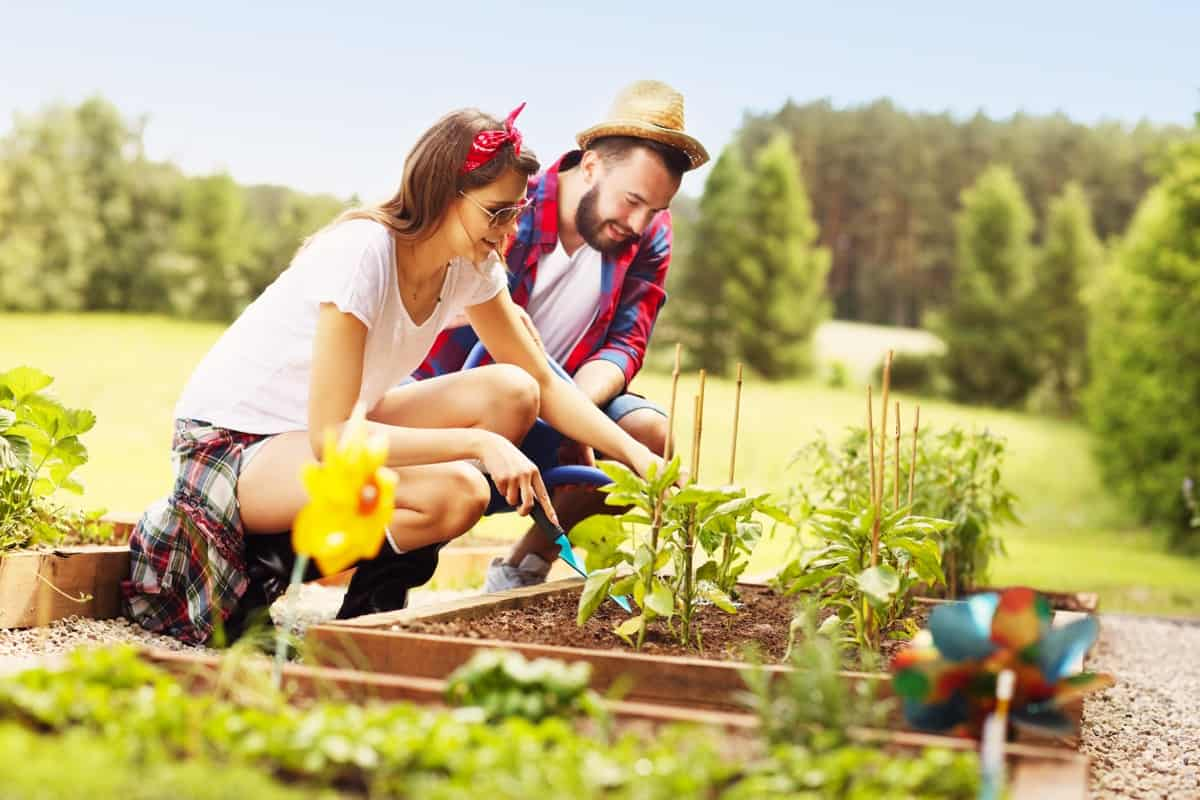When should I plant my vegetable garden in Vermont? If you find yourself asking this question, you’re not alone. Vermont offers a rich, though challenging, climate for vegetable gardening. Understanding the Vermont planting calendar is crucial. Whether you live in the northern or southern parts of the state, knowing what vegetables can be grown in Vermont and when to plant them can make all the difference.

When can you start planting in Vermont? It depends on various factors like your location and the particular vegetable. In this article, we’ll explore the growing seasons in Vermont and specific advice on when to plant tomatoes, carrots, lettuce, peas, and pumpkins in Vermont.
When to Plant Vegetables in Vermont
Understanding Vermont’s Climate Zones
Vermont has two main climate zones: the northern and the southern. The northern region generally experiences colder temperatures and a shorter growing season than the southern region. In the north, you’re dealing with a more limited time frame for planting and harvesting. In contrast, the southern area offers greater flexibility due to its gentler weather. Knowing your zone helps align your gardening plans with the local weather conditions.
Factors Affecting Vegetable Planting Dates in Vermont
Several elements influence when you should plant your vegetables. Frost dates are a significant consideration. In Vermont, the average last frost date can range from late May in the south to early June in the north. Soil temperature also plays a role; some vegetables like warmer soil, while others can tolerate a bit of chill. Daylight hours and precipitation levels are other factors to consider. All these elements collectively determine the best vegetables to grow in Vermont and when to plant them.
Planting Vegetables in Northern Vermont
In Northern Vermont, the growing season is shorter, so you must be selective. Opt for vegetables that mature quickly. Lettuce, peas, and carrots are good choices. For planting carrots in Vermont, especially in the north, aim for early to mid-spring when the soil is ready. Peas can be planted around the same time. As for tomatoes, a safe bet is to wait until late spring or early summer when the threat of frost has passed.
In case you missed it: Best Vermont Container Plants: For Vegetables, Flowers, Herbs in Winter, Shade, Full Sun

Optimal Vegetable Planting Times for Southern Vermont
Southern Vermont enjoys a slightly longer and warmer growing season. This opens up more options for vegetable gardening. When to plant tomatoes in Vermont’s southern region? You can safely plant them after the last frost, typically in late May. Lettuce and peas should be planted in early to mid-spring. Pumpkins can be planted in late spring to early summer. Being aware of these optimal planting times will help you maximize your yield.
Vegetable Planting Schedule for Vermont
A Vermont planting calendar can serve as a valuable tool for gardeners. For early spring, focus on cold-hardy vegetables like lettuce, peas, and carrots. Early spring and summer are ideal for planting tomatoes, peppers, and cucumbers. Fall is the time for leafy greens and root vegetables. Knowing the planting schedule will help you plan and ensure a continual harvest throughout the growing season.
Recommended Vegetables for Early Spring Planting in Vermont
Early spring in Vermont is best suited for vegetables that can withstand cooler temperatures. Lettuce is an excellent option; when to plant lettuce in Vermont is usually early to mid-spring. You can plant peas as soon as the soil is ready. Carrots also fall into this category. These vegetables can usually tolerate a light frost, making them suitable for the unpredictable weather of early spring.
Late Spring and Early Summer Vegetable Planting Guide for Vermont
When the threat of frost has passed, usually by late spring or early summer, it’s time to plant vegetables that need warmer conditions. Tomatoes are a popular choice; when to plant tomatoes in Vermont, it is generally after the last frost date. Pumpkins should also be planted during this period; when to plant pumpkins in Vermont, it is usually in late spring to allow them enough time to mature before fall. Cucumbers, zucchini, and peppers are other vegetables that thrive in the warmth of late spring and early summer.
Fall Vegetable Planting Tips for Northern Vermont
When fall approaches in Northern Vermont, it’s time to think about planting cool-season vegetables that can withstand the chilly temperatures. Spinach and kale are great choices because they’re tough and can handle cold weather. Root vegetables such as beets and turnips also thrive during the fall months.
In case you missed it: Top 9 Farming Apps in the USA For Smart Agriculture Solutions

Typically, planting these vegetables in late summer is best to ensure they mature before the first hard frost. You can also opt for fast-maturing varieties to make the most of the shorter growing season. Don’t forget to pay attention to soil quality; adding compost or organic matter can greatly benefit fall crops.
Ideal Fall Planting Dates for Southern Vermont
In Southern Vermont, the milder temperatures provide a slightly longer window for fall planting. The ideal time for planting cool-season crops like broccoli, cauliflower, and Brussels sprouts is late summer to early fall. This allows the plants enough time to mature before the temperatures drop significantly. Garlic is another excellent choice for fall planting; it will overwinter and provide a harvest in the following summer. The extended growing season in Southern Vermont allows for a second planting of some vegetables like lettuce and radishes.
When to Plant and What Vegetables to Grow in Vermont in Winter
With cold frames, row covers, or greenhouses, some hardy vegetables like kale, spinach, and winter lettuce can be grown throughout the winter months. Plant these vegetables in late fall to harvest during the winter or early spring. Even without these structures, you can still grow microgreens indoors. These are easy to grow and quick to harvest, providing a fresh source of greens during the snowy months.
Vegetable Planting Schedule/Calendar Table for Vermont
| Vegetable | Northern Vermont | Southern Vermont |
| Lettuce | Early to Mid-Spring | Early to Mid-Spring |
| Peas | Early to Mid-Spring | Early Spring |
| Carrots | Early to Mid-Spring | Early to Mid-Spring |
| Tomatoes | Late Spring to Early Summer | Late May to Early June |
| Pumpkins | Late Spring to Early Summer | Late Spring to Early Summer |
| Spinach | Early Spring and Late Summer | Early Spring and Late Summer |
| Kale | Late Summer for Fall Harvest | Late Summer for Fall Harvest |
| Beets | Late Summer for Fall Harvest | Late Summer for Fall Harvest |
| Turnips | Late Summer for Fall Harvest | Late Summer for Fall Harvest |
| Broccoli | Late Summer for Fall Harvest | Late Summer to Early Fall |
| Cauliflower | Late Summer for Fall Harvest | Late Summer to Early Fall |
| Brussels Sprouts | Late Summer for Fall Harvest | Late Summer to Early Fall |
| Garlic | Fall for Summer Harvest | Fall for Summer Harvest |
| Radishes | Early Spring and Late Summer | Early Spring and Late Summer |
In case you missed it: 9 Vegetables to Grow with Minimum Water Usage: Suitable for Drought-tolerant and Low-water Gardening

Conclusion
Regardless of the season or your location in Vermont, some vegetables can be successfully grown with a bit of planning and attention to timing.
- Feed Your Flock for Less: Top 10 Tips to Save on Chicken Feed
- Ultimate Guide to Ossabaw Island Hog: Breeding, Raising, Diet, and Care
- Hatching Answers: The Top 10 Reasons Your Chickens Aren’t Laying Eggs
- Eggs and Economics: Breaking Down the Cost of Raising Backyard Chickens
- Defend Your Greens: Proven Methods to Keep Iguanas Out of Your Garden
- Ultimate Guide to Cinnamon Queen Chicken: A Comprehensive Guide for Beginners
- Ultimate Guide to California Tan Chicken: Breeding, Raising, Diet, Egg-Production and Care
- Ultimate Guide to Marsh Daisy Chicken: Breeding, Raising, Diet, and Care
- 10 Types of Chicken Farming Businesses You Can Start for Profits